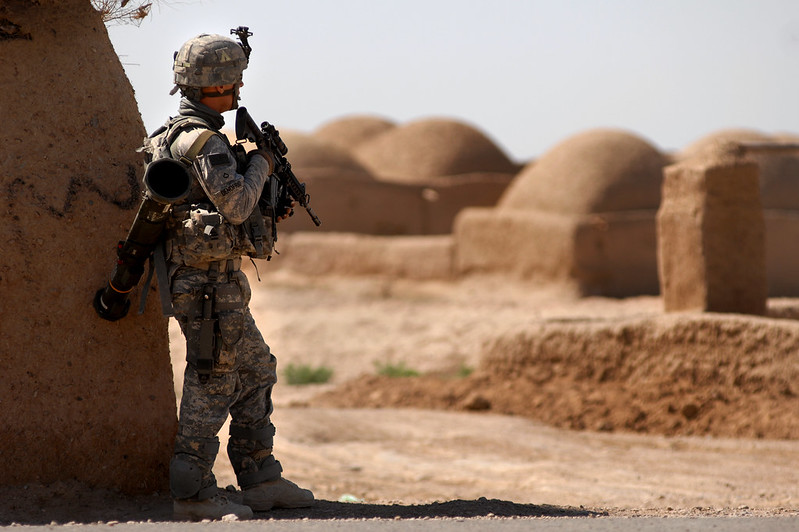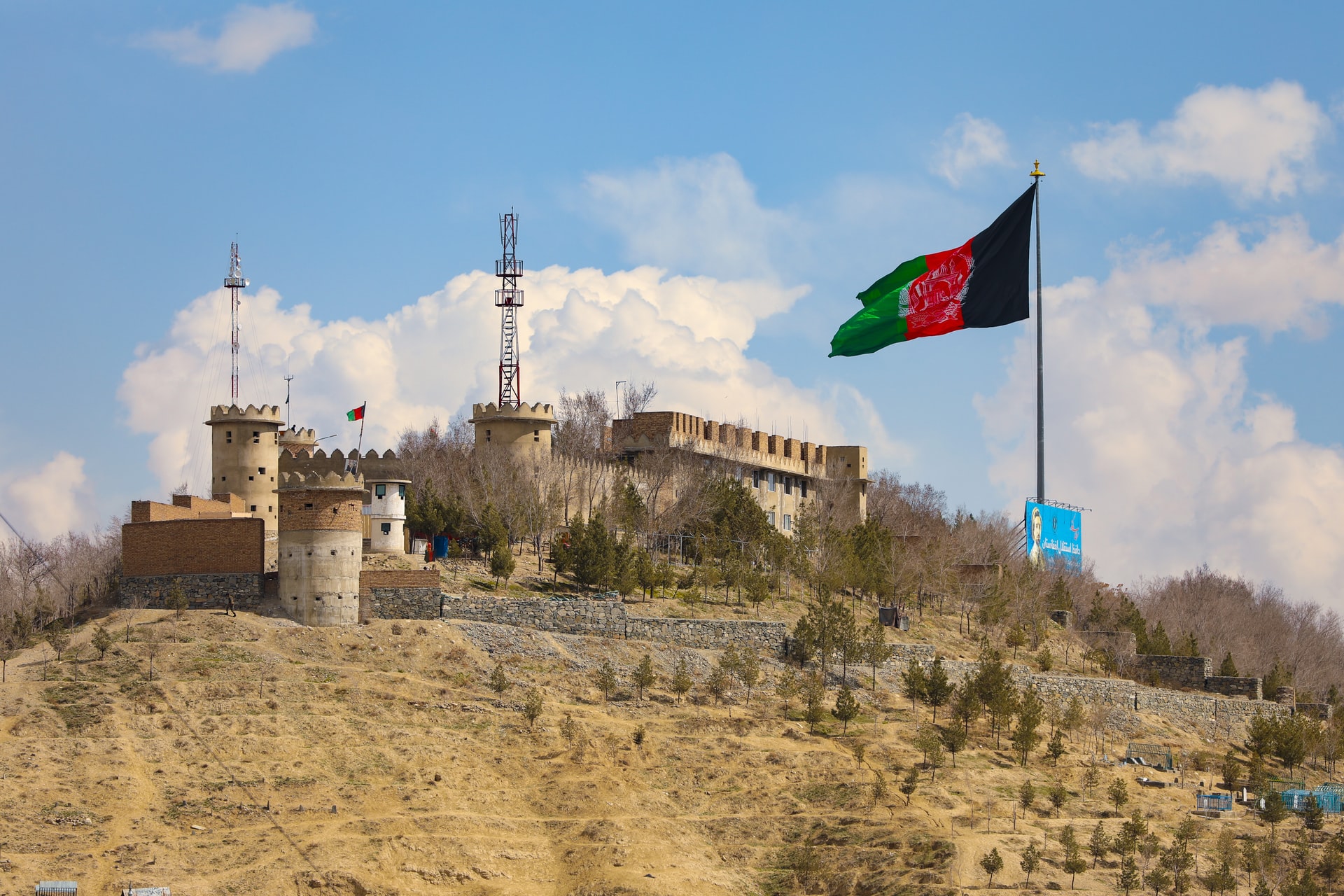It wasn’t until the start of the 21st century that Afghanistan had a government-led public health delivery system for its citizens, enshrined in its Constitution as a basic right. Najibullah Safi and Palwasha Anwari, both of whom have work experience in the sector, make a case for the health delivery apparatus — dependent as it is on foreign aid — to continue despite the fall of civilian government and the Taliban takeover of power in August 2021.
Afghanistan is a landlocked country in South Asia with a population of approximately 38 million. Traditional medicine has an ancient history here, and was the only medical practice available till the early 20th century. The first group of Afghan doctors to be trained in modern medicine was in Turkey in the 1920s; and the Physicians Assistance Program and the first medical college were established in 1931 and 1932 respectively. Throughout the 1960s, the health system was limited to a few hospitals in large urban areas, but after the invasion of USSR in 1979, NGOs initiated cross-border activities in rural areas. Overall, the country had a fragmented health system until 2001.
After the fall of the Taliban in 2001, the government of Afghanistan introduced and built a new health care delivery model with financial support from USAID, the European Union (EU), and the World Bank (WB). The Basic Package of Health Services (BPHS) and the Essential Package of Hospital Services (EPHS) were developed in 2003 and 2005. The BPHS provides primary health care and preventive health services whereas the EPHS includes hospital-level services and provides referral support to BPHS facilities. Health services are provided through a network of around 3,500 health facilities, which include sub-centers, Basic Health Centers, Comprehensive Health Centers, and District and Provincial Hospitals. District hospitals have elements of both BPHS and EPHS services. Besides these two packages, there are national hospitals for specialised tertiary care and training of medical doctors through different residency programs.
The Constitution of the Islamic Republic of Afghanistan includes the provision of free health services to all citizens. In 2019, the country spent US$ 2.8 billion on health, of which 20% was provided by key donors, 77% was out-of-pocket expenditures by people at the point of service delivery, and the government contribution was limited to only 3% of the total.
The health services are contracted out to NGOs, and there are 11 indicators directly linked with the payments of NGOs. In this post, we are focusing only on the impact of recent political changes on these 11 key performance indicators.
After the collapse of the government on 15 August 2021, the key donors of the health care delivery system paused their funding to Afghanistan. This led to a sudden halt of health services, a basic human right, exposing Afghans to several extreme vulnerability. In addition, new restrictions on the movement of women created new and extra barriers to access and utilise health services for them, and for children.
When we compare data (Figure 1) for the same period of 4 months (July – October) over three years (2019–2021) which are routinely collected by the Health Management and Information System (HMIS) of the Ministry of Public Health (MoPH), the key indicators confirm that the recent political changes greatly affected the health of women and children. However, the situation improved relatively after bridging fund for one month (October 2021) by the Global Fund to Fight HIV/AIDS, TB, and Malaria (GFATM), and three months (November 2021 — January 2022) by United Nations (UN) arrived.

Figure 1: Percentage of Decline in Health Service Utilisation (2019-2021); Source: HMIS/Ministry of Public Health Routine Data
In October 2021, we proposed an alternative model for delivery of health services in Afghanistan. The purpose was to sustain basic health care, prevent catastrophic disasters due to outbreaks of communicable diseases, and ensure access to quality care across the country. At the same time, our model proposed an alternate financing arrangement to ban the access of de facto authorities to the health funds. Earlier (till 15 August 2021), all funding to support BPHS and EPHS were channeled through the government of Afghanistan. In our new model, we proposed the establishment of project management units in WHO and UNICEF to manage donor funds and ensure continuity of health services with adequate transparency and accountability. However, this support was only for 5 months, ending in June 2022. Discussions have been underway, and it is expected that beyond June 2022 the WB will support an emergency health program for 18 months via UNICEF. This will help sustain the health care delivery in Afghanistan. However, the cost of implementation will increase significantly compared to government-led financial management. In addition, the EU, USAID, and the Asian Development Bank (ADB) have reinitiated their support for the health system through UN agencies and some other international NGOs. In addition, GFATM continues its support (through UNDP) for the control of tuberculosis, malaria and HIV/AIDS. Moreover, Gavi also continues its support through UNICEF for sustaining cold chain, vaccine procurement, and operational cost of the immunisation program. The COVAX facility has continued the provision of Covid-19 vaccines, while the cost of vaccination campaigns is covered by Gavi; however, support to Covid-19 designated hospitals is very limited, and more than 30 hospitals out of 38 remain unfunctional.

Image 1: Covid-19 Vaccination Center, Wazir Akbar Khan Hospital, Kabul, February 2022; Image Credit: WHO Afghanistan Communication Team.
All activities related to provision of health services are coordinated with the de facto Taliban authorities at the national and regional levels. However, their demands have been growing, and with increasing restrictions on women’s social/public movement, it will negatively affect the health of mothers and children across the country.
Considering the ongoing economic sanctions on Afghanistan, growing restrictions on education, constant brain drain of health professionals, growing unemployment, a cash flow crisis due to restrictions on the banking system of Afghanistan, and increasing poverty, it is crucial to ensure donor support for the continuation of health services in Afghanistan for coming years. Leaving these services neglected will lead to unforeseen catastrophic consequences, not only for Afghanistan but also for the region, and the rest of the world.
The views expressed here are those of the authors and do not represent the views of the ‘South Asia @ LSE’ blog, the LSE South Asia Centre or the London School of Economics and Political Science.
Banner image: Christin Hume, ‘Healing Hands’, 2018, Unsplash.







